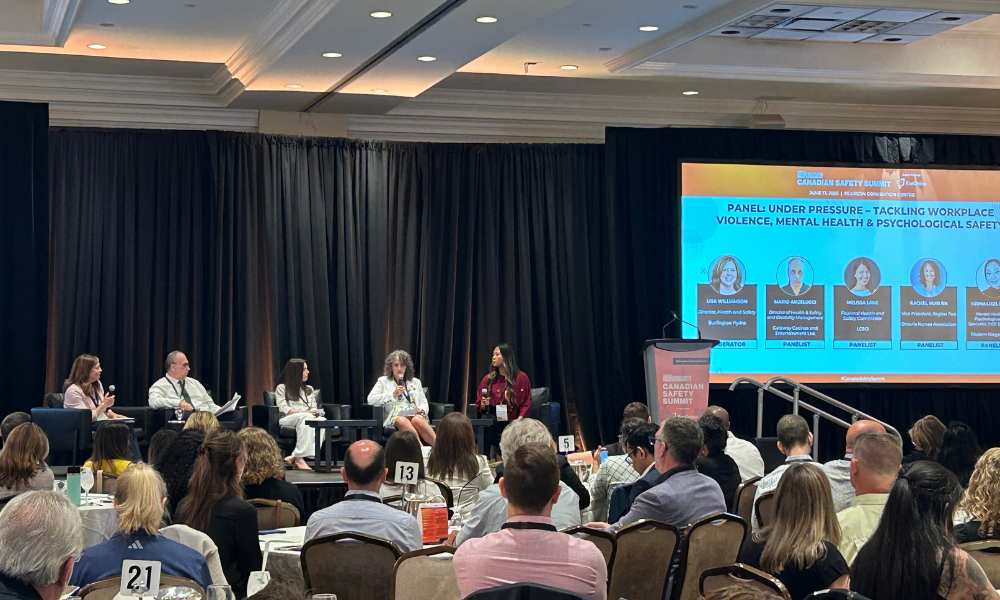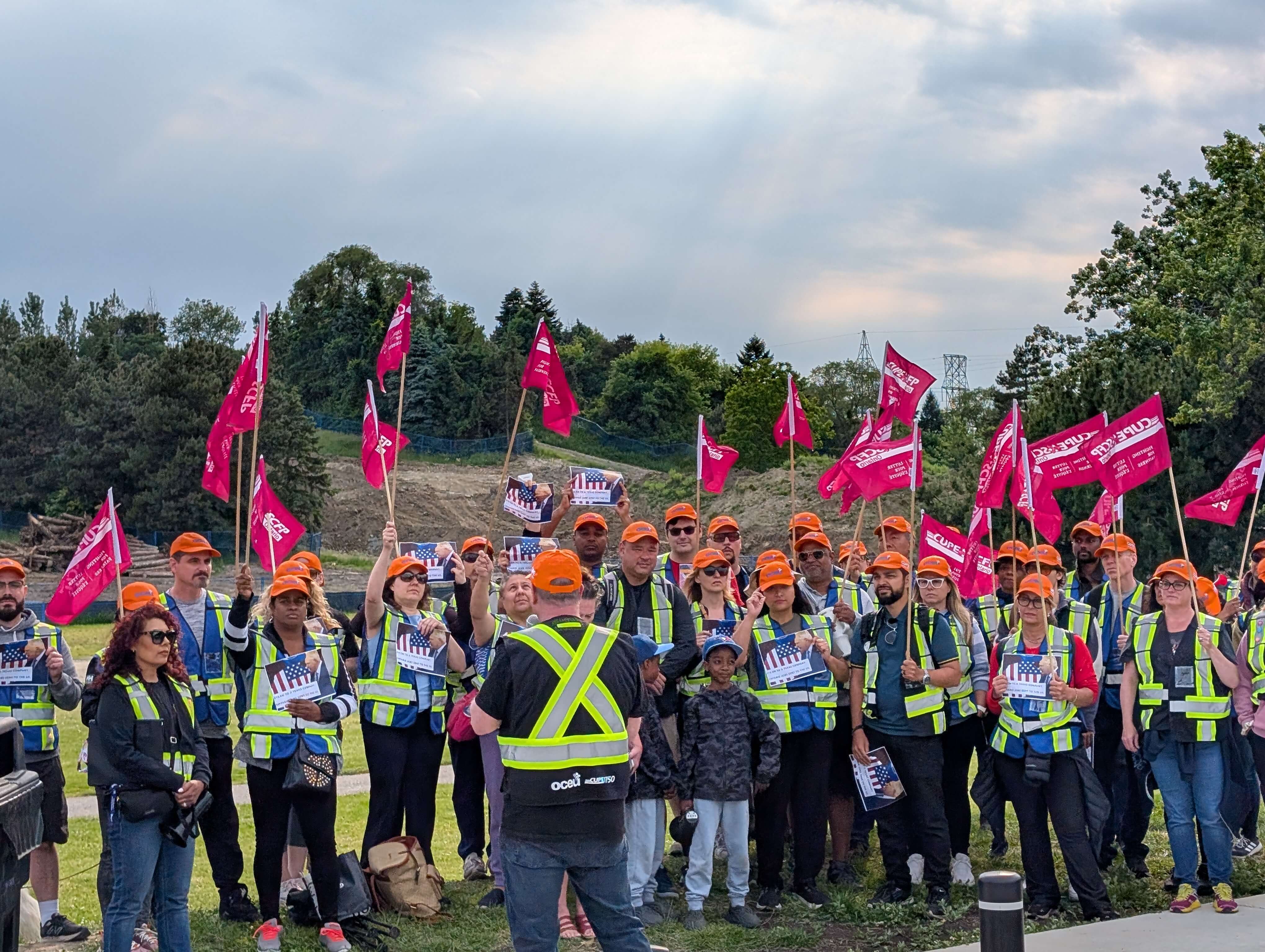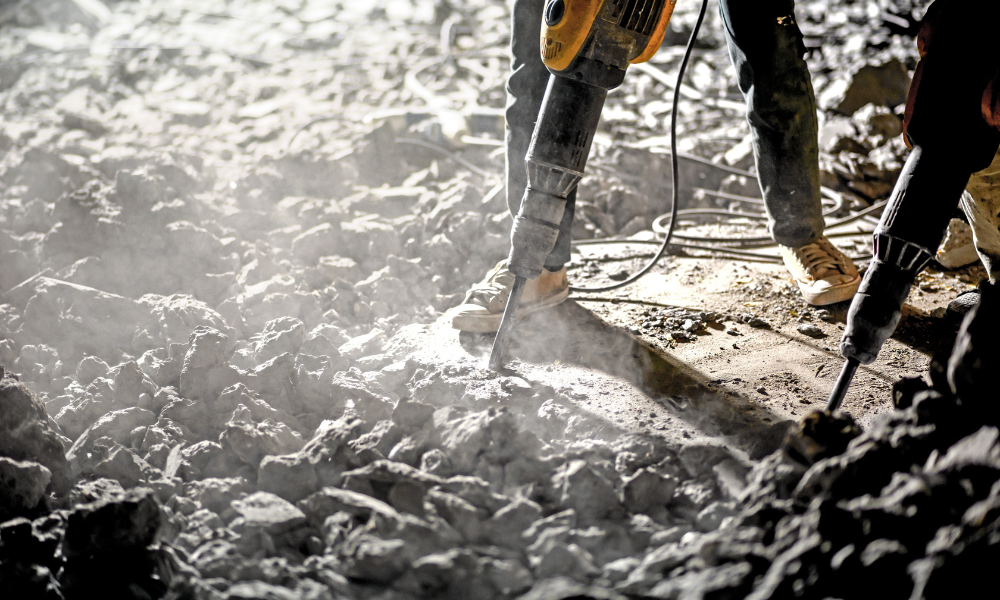Safety leaders unite to demand action on mental health and psychological safety

Workplace violence and mental health crises are pushing employees—and the organizations that rely on them—to the brink. At the Canadian Safety Summit in Brampton, Ontario last month, a powerful panel of safety leaders from across sectors came together to share hard truths, practical solutions, and a clear message: Psychological safety starts at the top.
The panel brought together voices from healthcare, retail, gaming, utilities, and construction. What emerged was a sobering picture of Canadian workplaces under strain—and a roadmap for change.
‘I didn’t become a nurse to get beaten up’
Rachel Muir, RN and vice president of Region Two at the Ontario Nurses’ Association, issued a stark warning: violence against healthcare workers is worsening, and it’s no longer limited to high-risk units like emergency departments.
“There’s always been violence in healthcare,” Muir said. “But there’s been a huge uptick since COVID... more violence and worse violence.” She described patients arriving with weapons—or using objects at hand to assault staff. “It’s happening in places where we never saw this before,” she noted.
Despite these dangers, many incidents go unreported, a trend Muir attributed to burnout, understaffing, and a toxic culture of blame. “Healthcare is more dangerous than mining and construction combined,” she said. “But when we report violence, we’re often asked, ‘What could you have done differently?’”
Muir stressed that short staffing is a major driver of violence. “If you don’t have enough people, patients and their families get frustrated, and the go-to now is to swear at, punch, kick, or spit at staff,” she said.
To change the tide, Muir called for leadership accountability and legal consequences. “If you assault a police officer, your feet don’t touch the ground. It should be the same if you hit a nurse.”
Leadership is the bridge—not the fix
Melissa Lane, regional health and safety coordinator at LCBO, described how the retailer launched its “Whole Person” mental health strategy in 2020, recognizing that employees don’t leave their personal lives at the door.
“Leaders today need to truly know their people,” Lane said. That means recognizing subtle changes in behavior—irritability, mood shifts, or uncharacteristic conflict with peers—as potential signs of distress.
She offered practical communication advice: “We teach leaders to replace ‘but’ with ‘and.’ It may seem small, but saying, ‘That sounds really hard, and I want to help,’ keeps the door open. ‘But’ shuts it down.”
Lane also clarified the role of supervisors in responding to mental health concerns. “They’re not there to fix it—they’re the bridge to support,” she said. “That mindset shift is critical.”
Recognizing the warning signs
Verna Liezl Perdon, a mental health and psychological safety specialist at Modern Niagara Group, brought personal and professional insight to the discussion. After her father suffered a traumatic brain injury on the job, Perdon saw firsthand the long-lasting psychological impacts on families—and now, she works to help other workers navigate similar struggles.
She urged safety leaders to tune into early warning signs. “If someone says they’re not sure they can make it through the shift—that’s not just a comment. That’s a cry for help,” she said.
Other red flags include absenteeism, anxiety before shifts, or employees lingering in their vehicles because they’re too overwhelmed to enter the workplace. “These signs are real,” Perdon said. “And violence is a different beast—if someone’s yelling, ignoring boundaries, or acting aggressively, you have to take it seriously before it escalates.”
Systemic solutions start with culture
Mario Angelucci, director of health & safety and disability management at Gateway Casinos, outlined the need to move beyond surface-level fixes. “Everyone’s talking about the CSA Psychological Safety Standard, which is great—but don’t rush into a system before building the foundation,” he advised.
At Gateway, that foundation began with conversations at the executive level. “We needed to understand the fatigue, workload, and personal stressors our employees were facing,” Angelucci said. He pointed to the importance of engaging employees directly and giving supervisors the tools to talk about mental health.
“Mental health isn’t a broken leg. It’s complex. You need to give people the skills to handle those conversations with empathy and confidence.”
Across sectors, the panelists agreed: creating psychologically safe workplaces means listening, believing, and acting.
“It’s not enough to have policies,” Muir concluded. “We need a genuine desire—from the top down—to fix this.”
The session served as both a warning and a guide for safety professionals. As the pressure builds in Canadian workplaces, the responsibility to address psychological harm must be shared—by leaders, organizations, and systems alike.




